Pity the poor damselfly. Damselflies make up the practically-ignored suborder Zygoptera in the order Odonata and are overshadowed by their flashier evolutionary cousins of the suborder Epiprocta, otherwise known as dragonflies. Seriously, can you name a single species of damselfly off the top of your head? Yeah, until recently I couldn’t either. In fact, studies show that 75% of Americans can’t tell a damselfly from a hole in the ground and of the 25% who can, only 3% can name a single species of damselfly.*
And, to be honest, the way I came to see the damselflies below was because of a dragonfly. You see, when Patrick and I were out on the mudflats at Cupsogue last Monday we ran into Steve Walter, a naturalist and nature photographer who I know through the New York City Butterfly Club, and he told us about a Golden-winged Skimmer, only the second he had ever seen on Long Island, that he wanted to try to find again so he could get better pictures. When he described the location he wanted to visit, the Calverton Ponds Preserve, I was interested not only because I had never been there but also because it was near the Calverton Grasslands, where Patrick and I wanted to stop anyway. So, once we were done looking at coastal birds we headed off to the Calverton Ponds Preserve to look at odes.
On our way into the preserve we were warned by two gentlemen on their way out to be ready for ticks, good advice, it turned out, because we found a total of two crawling up our pant legs in the mere hour we were there. And though we found two more ticks than we did Golden-winged Skimmers our visit to the pond was not a total bust; the damselflies that Steve helpfully identified were pretty darn cool to see too.
Elegant Spreadwing Lestes inaequalis
Skimming Bluet Enallagma geminatum
Swamp Spreadwing Lestes vigilax
Vesper Bluet Enallagma vesperum
female Swamp Spreadwing Lestes vigilax
Of course, without Steve and Patrick there I would not have had a chance to identify any of the damselflies but, eventually, I might be able to learn a couple of them by sight. After all, just a few short years ago I couldn’t identify any butterflies or dragonflies and now I can successfully figure out at least two or three of each of those…so, maybe, with years of hard study and dedication I could learn to tell a damselfly from a hole in the ground.
*These statistics are, of course, completely made up.

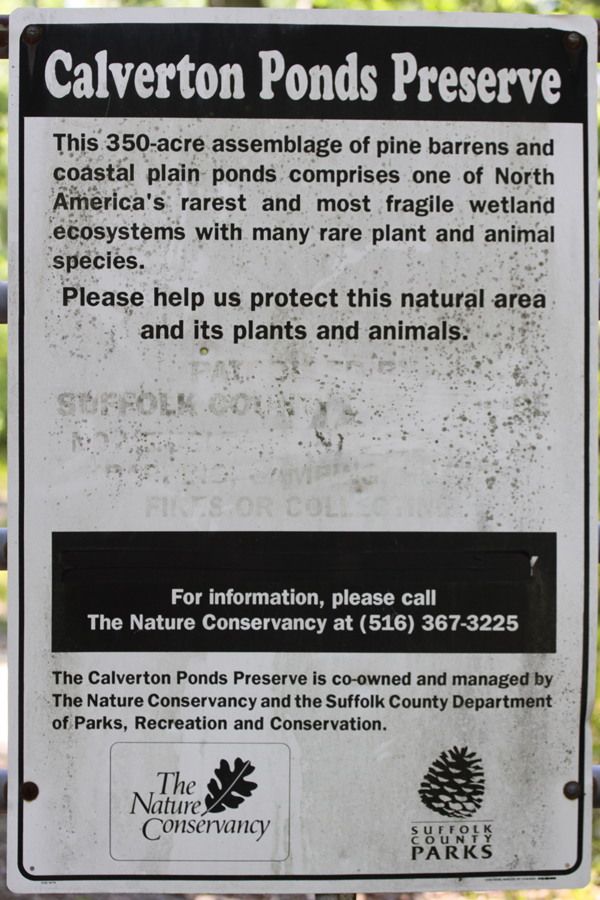
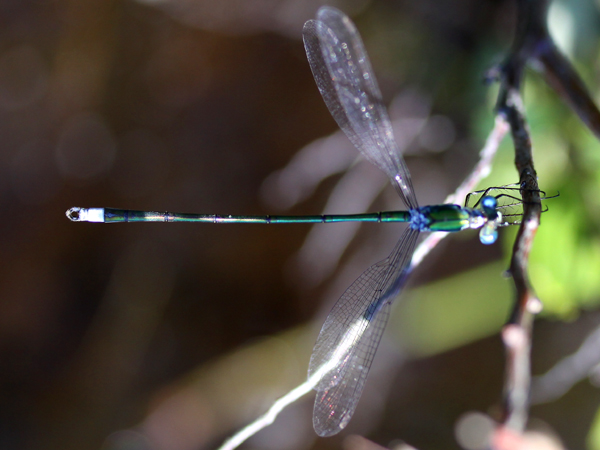
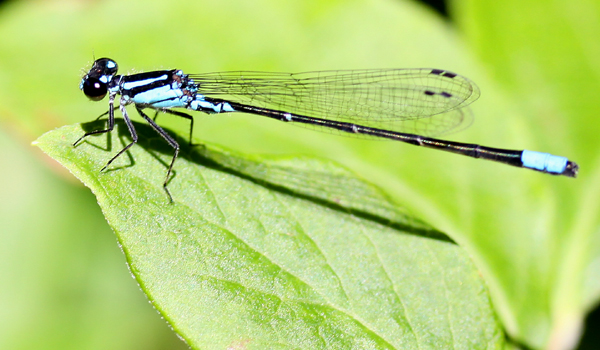
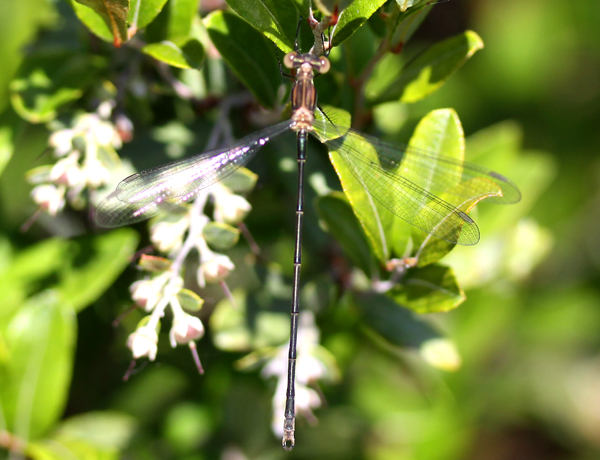
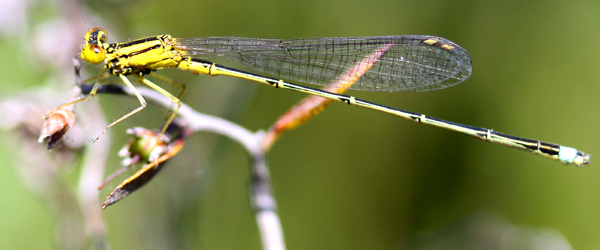
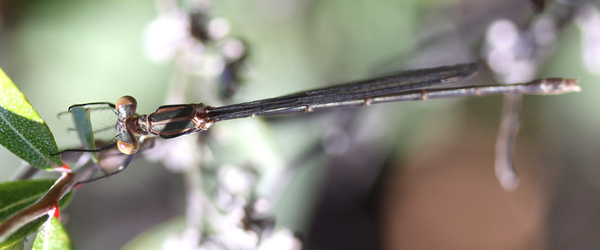










Gorgeous photos.
I knew there are a lot of various Dragonflies, but I didn’t really know that there are so many diff. Damselflies as well 😀
I only knew the blue ones up to now 🙂
Did you hear their larvae sing?
@Nicole: Thanks. And don’t get into insects, whatever you do…
@Jochen: It was weird; they were singing in German. It sounded a bit like this, but I don’t speak German so I’m not too sure what, exactly, they were saying: “Der Torwart betrogen und England verloren. Es war urkomisch!”
Funny, German damselfly larvae here in Germany have recently begun to sing in English, along the following lines:
“Wembley revenged after 44 years, a 4:1 or 4:2 win – who cares?”
🙂 🙂
For those in the northeast who are interested in the subject, I can recommend “A Field Guide to the Dragonflies and Damselflies of Massachusetts,” by Blair Nikula, Jennifer L. Loose, and Matthew R. Burne.
Despite it’s geographically exclusionary title, it’s a wonderfully clear guide to the odes any of us are likely to encounter in our neck of the woods(and it pays to shop around; some copies are prohibitively expensive, others quite reasonable).
How did I stumble upon this worthy tome? I asked someone who seemed to really know his odes: one Patrick Belardo.
What’s this about a curse?
Common blue,
Blue tailed,
Small red,
Large red,
Red eyed,
Banded Demoiselle,
Wood,
uuum…
Ebony Jewelwing and Orange Bluet are pretty easy to identify. I can’t say the same for the others.
I love damsels. I love how you look out on the pond and think there is nothing there but Widow Skimmers, and then you look down and see some Fragile Forktails poised on a stalk of grass practically at your feet. I haven’t seen Vesper Bluet yet; last week I saw a couple of Scarlet Bluets in New Jersey that were quite striking. Nikula’s book is excellent, but for damselflies in the NYC-area THE book to have is Ed Lam’s Damselflies of the Northeast, which can be ordered from Ed’s website (which also has excellent photos of damsels, dragonflies, butterflies and, oh yeah, birds).